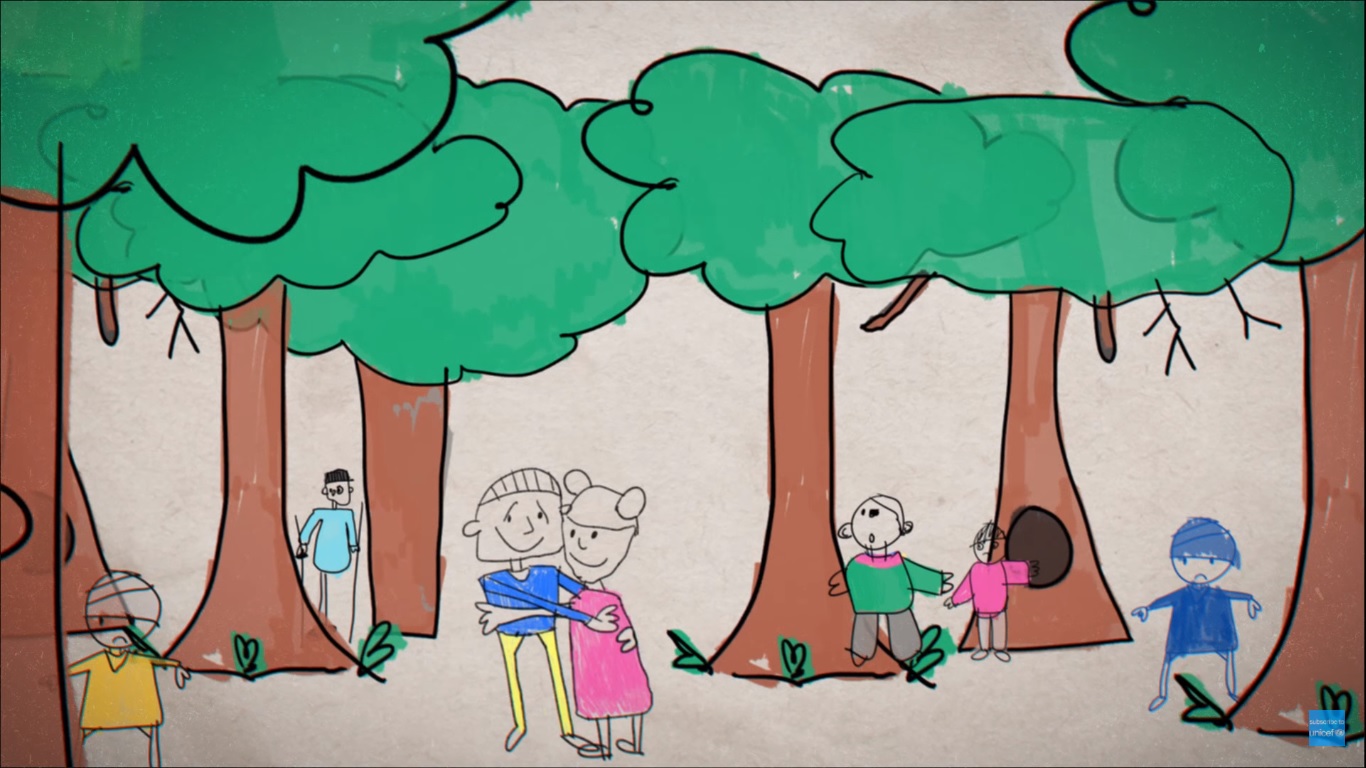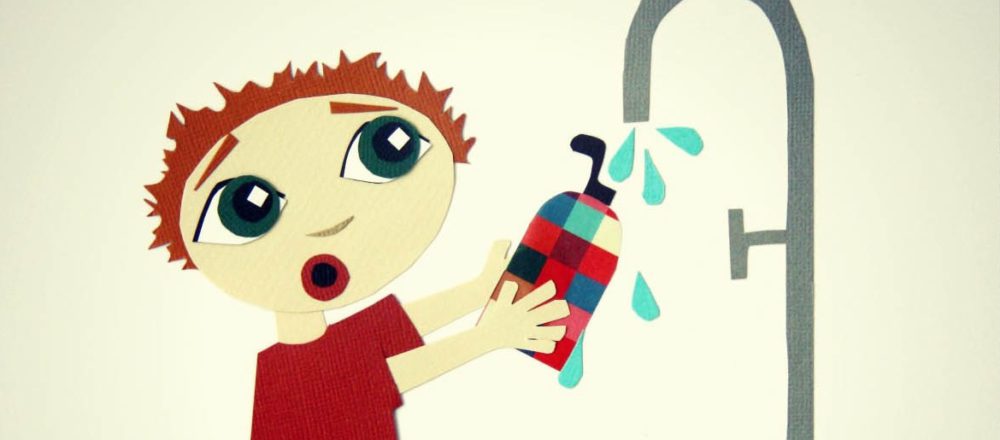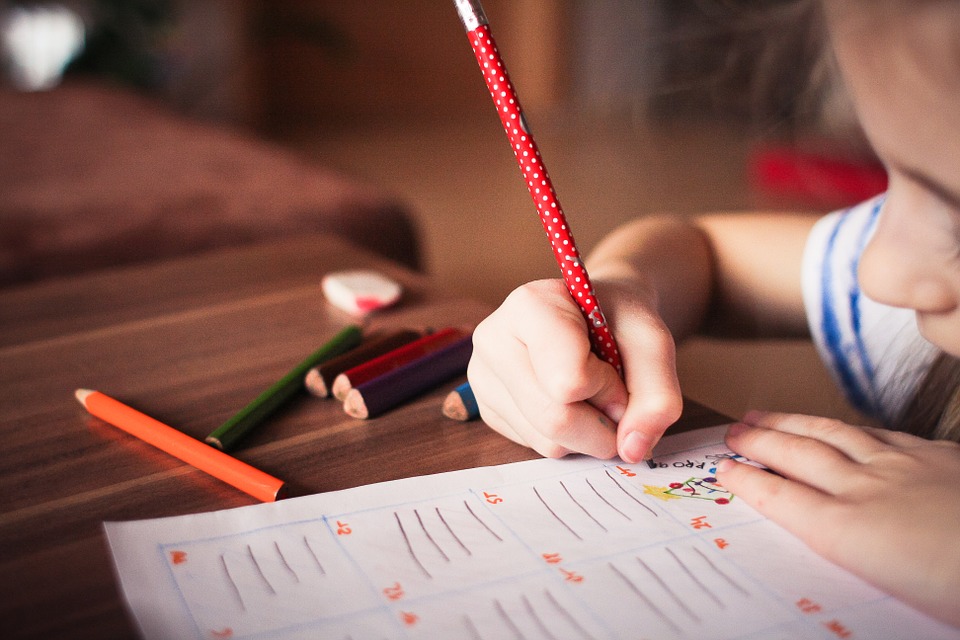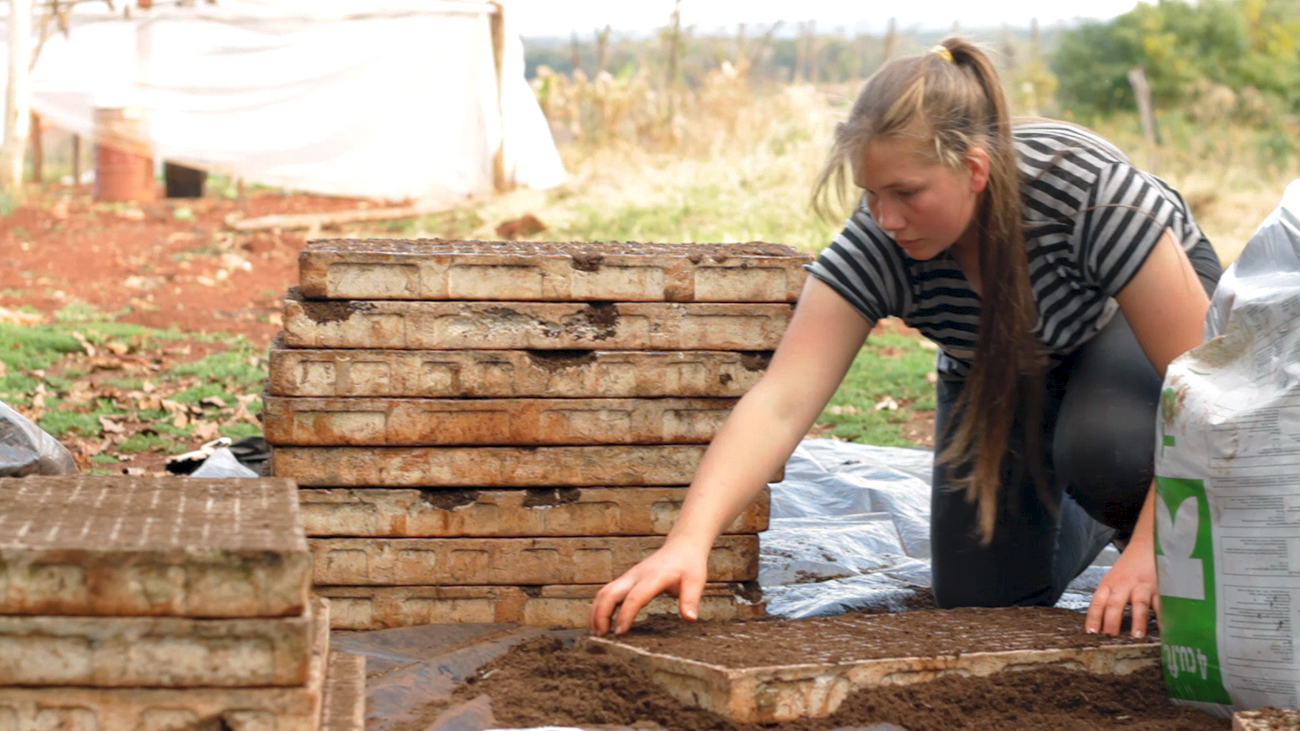The protection of children is one of the main challenges facing our societies. Today, 1 in 3 children is not growing well due to malnutrition; 1 in 4 children lives in countries affected by conflict and disasters, and more than half a million children live in highly flood-prone areas. Despite progress in protecting children, millions of children are deprived of their rights every day. On November 20, on the occasion of World Children’s Day—which coincides with the 30th anniversary of the adoption of the Convention on the Rights of the Child by the United Nations General Assembly—we invite you to learn about the main problems that put the present and future of children and adolescents at risk, as well as some guidelines for strengthening policies to protect and promote their rights. Within this framework and as part of the commemoration of this date, Construir TV presents a selection of short films that were part of the Sixth Edition of Construir CINE, which shows that children are the most vulnerable group and, therefore, the most affected by the world’s crises and problems.

Capture from UNICEF’s Pictures no child should draw/ Source: Youtube
On November 20, 1989, representatives of Governments all over the world, religious leaders, NGOs, and other institutions, agreed on the final text of the Convention on the Rights of the Child (the most ratified international treaty in history) which is mandatory for countries that have signed it. This treaty establishes that children and adolescents should be considered as subjects of rights and not as objects of guardianship, while recognizing the right of children to access to health and education services, as well as the right to rest and leisure, and to be protected against economic exploitation and from performing any work that is likely to interfere with the child’s education or health.
Although since the adoption of the Convention 30 years ago, more than 50 percent of deaths of children under five and undernourished children worldwide have been reduced, the figures remain worrying: 262 million children and young people do not attend school and 650 million girls and adolescents were forced into marriage before the age of 18 as a result of living in poverty and failing to access protection of their rights. On the other hand, UNICEF points out that by 2040, 1 in 4 children will live in areas of extreme water scarcity, and thousands will contract diseases due to river pollution. Faced with this panorama, what are the main problems that put the protection of children and adolescents at risk? How could they begin to be solved? Recently, UNICEF Executive Director Henrietta H. Fore published an ’Open Letter to the World’s Children’, in which she presented the main problems for children and their possible solutions. Here are some of them:

UNICEF Miriam Cox/ Seen at rightnow.org.au
#1 Climate Change: More than 500 million children live in areas where floods are extremely high, and almost 160 million in areas where droughts are very severe. The effects of climate change increase world hunger, as droughts and floods degrade food production. There is an urgent need to commit governments to implement policies to reduce greenhouse gas emissions, promote renewable energy generation industries and reduce fossil fuel consumption.
#2 Mental Health: According to the World Health Organization (WHO), mortality from self-harm is the third leading cause of death among adolescents aged 15-19. We still have time to promote an open debate to break down the stigma still attached to mental health disorders, raise awareness, and train parents and school staff to identify risk cases and provide help.
#3 Lack of Access to Education: In Latin America alone, 2.8 million girls and boys do not attend primary school, and 9.8 million adolescents are out of secondary school. Children who do not have access to an education that prepares them for their future will not have the skills needed for the economy of the 21st century. That is why UNICEF launched “’Generation Unlimited’”, an action plan to ensure that all young people are in school, training or working by 2030, through actions such as helping to connect students in remote areas with secondary school teachers, generating a job pool for young women from vulnerable sectors in the area of science and technology, promoting vocational training, etc.

Source: Pixabay.com
#4 Digital Privacy: One out of every three children in the world are regular Internet users, and that proportion will continue to rise. As children spend much of their lives online, the accumulation of data being collected on them increases day by day. Given this, it is essential that governments promote regulatory frameworks for Internet service providers and social networking platforms to develop standards for the protection of children’s personal information, location, and browsing habits, accompanied by the training of educators to provide children with the tools to surf the Internet safely.
#5 Misinformation (Fake News): New generations will grow up as natives of a digital environment saturated with misinformation and “fake news,” which acts to the detriment of trust in institutions and information sources. Therefore, it is essential that children’s education includes better digital and media literacy that prepares them for the world in which they will live, to encourage critical thinking and verification of information sources.
These are just some of the problems of the difficult landscape we are witnessing. Far from discouragement, the present and future of children need voices to unite to demand that governments implement concrete measures to begin to improve things. That is precisely what many young people have already begun to do to defend both their future and the planet as well. That is the point Henrietta H. Fore, Executive Director of UNICEF, addresses in her message: “The biggest reason for hope is because you – the children and young people of today – are taking the lead on demanding urgent action, and empowering yourselves to learn about, and shape the world around you.”
***
CONSTRUIR TV CELEBRATES WORLD CHILDREN’S DAY
Thirty years after the adoption of the Convention on the Rights of the Child, in November we release a selection of short films that were part of the Sixth Edition of Construir Cine, that clearly show children are the most vulnerable group and, therefore, the most affected by the world’s crises and problems.
- Flying dream (directed by Sai Leng Learn Kham) – Saturday 23rd at 10 pm
- But I came by land (directed by Oguz Cicek) – Tuesday 26th at 10 pm
- (Latin) American dream (directed by Pedro Peira) – Tuesday 26th at 10 pm
Also, be sure to watch the Danish foundation THE WHY?’s documentary Selling Children (Friday 22 at 9 p.m.) and Loose Links (Friday 29 at 9 p.m.), a documentary co-produced by Construir TV jointly with the Argentine Country office of the International Labour Organization (ILO).
*Headline Picture UNICEF – Jeelo / Source: Twitter UNICEF







